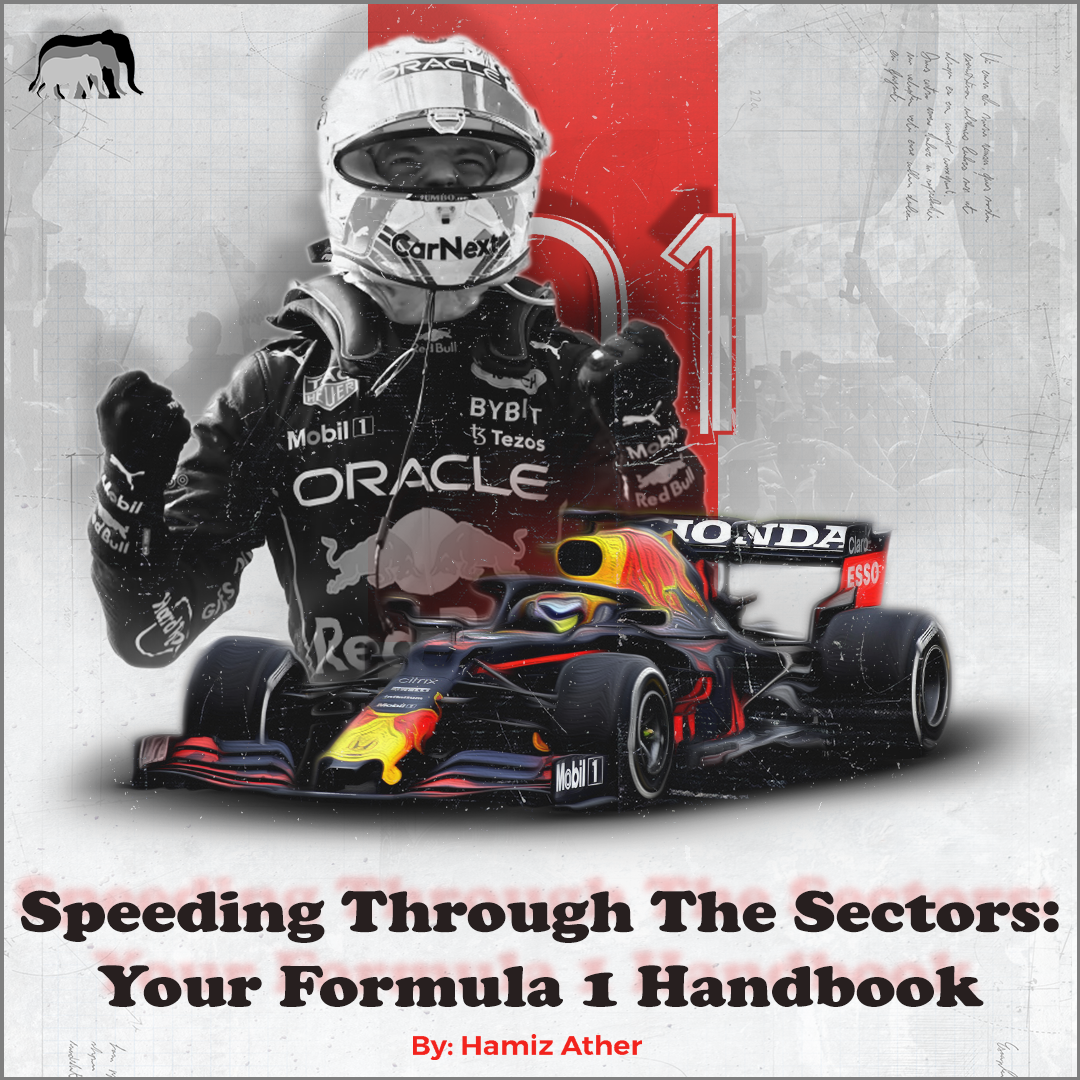Have you ever wanted to watch a sport that is equally thrilling and dramatic (cue the subtle politics involved)? Well, I have just the sport for you: Formula 1, which combines watching 20 absurdly fast cars driving in a circle with the perfect ratio of drama to action for all the soap-opera enthusiasts.
A distinct memory usually comes to mind when I think of Formula 1. Coming out of my room on a Sunday morning, I remember being happy that there was no school that day of the week (the next day being Monday, what a bittersweet feeling that was). A familiar sight on these Sundays would be my dad watching something on the TV with strange cars racing against each other. I never cared for it too much for it if I’m being honest, but it did raise my curiosity about what was happening. Alas, this ended up being mine and plenty of other people’s first experience with Formula 1.
Knowing your F1 basics can take you a long way, so here’s a nifty guide that might help you ease your way into the Sport of F1 racing.
How Races Work:
A typical season of Formula 1 consists of 23-24 races all around the world, which usually start in March and end around November with a race weekend almost every week. These race weekends consist of two practice rounds where the teams determine their strategies and check their cars. This is followed by qualification round, which usually happens on Saturday; the grid placement of cars is decided which can be summed up accurately in this quote:
“The faster the car, the greater the position on the grid” – Me.
Now the grid consists of 20 positions, each team having two cars. The grid placement is also dependent on the skill of the driver… and maybe the richer team gets a better car but let’s not delve into the pitfalls of capitalism here. After qualifications, where a certain Dutch driver gets the first place, the grid is assembled and the race commences on Sunday.
The race day is quite thrilling: the difference in time zones does create a hindrance for some loyal viewers but this international racing-sport still stands as the most viewed sport across the globe. The race lasts for approximately ninety minutes which includes the formation lap: the cars approach the starting of the circuit and line up on their given position, after which the race finally begins.
The race could be summed up as “car goes around a circle for ninety minutes” but a more detailed summary would include what pit-stops are and their purpose: a stop cars go to change their tires when they’re worn out; sometimes car parts can be removed (unwillingly) when fellow drivers decide to find the other cars as great resting spots and subsequently crash into them but that’s relatively uncommon.
The race goes on and on for a while– personally I have the attention span of a goldfish and it takes me a few seconds to start scrolling on phone while the race goes on in the background—yet most people at this stage would eagerly wait to see where their favourite drivers are. This goes on for 90 minutes and then the race ends. The top 3 get to stand on a podium while the Dutch national anthem plays (those who know, know) after which they spray champagne on each other for some reason and that’s basically a Formula 1 race.
Fun Facts about F1 to Further Recruit You into the Cult:
Instead of being called teams, competitors are referred to as constructors which are usually car companies (looking at Red Bull). Not only are the drivers locked in competition for the WDC, which is the World Driver Championship, but the constructors are also in a championship which is referred to as the Constructors Championship (real original, I know) and the team gets paid according to their position on the leaderboard.
As far as points go (which should be quite self explanatory), the drivers get points from position 10 and above. In the end, the greater the position after crossing the finish line the more points you get and the driver with the highest point at the end of the year is crowned as the champion of the world. Similarly, for the Constructors Championship, it’s the same except now the whole team’s points matter and the team with the highest points gets paid the most.
In an era where Netflix exists and so does pirating stuff (I don’t judge), you can watch the masterpiece that is ‘Formula 1: Drive to Survive,’ a Netflix original show that started from 2018 and covers all major and minor events. Speaking from experience here, it can honestly be a great starting point for those who don’t want to get into F1 without any knowledge; it really is quite an addicting watch (10/10 would recommend, that is if you have 32 hours to waste).
After watching the show, you’ll understand the basics such as the old Mercedes dominance, the current Red Bull dominance and the depression Ferrari fans receive every race.
Ferrari fans all year round:
So go now and watch what I and many others consider peak media (well, it is a sport but whatever) and remember to choose the team you’ll support for the rest of your life (choose Ferrari if you like depression, Red Bull if you’re basic and Mercedes if you can’t let go of the good ol’ days). Enjoy!
By Hamiz Ather
Writer (Team 2023-2024)
Note: the views expressed in the article solely belong to the writer and do not reflect TLC.

